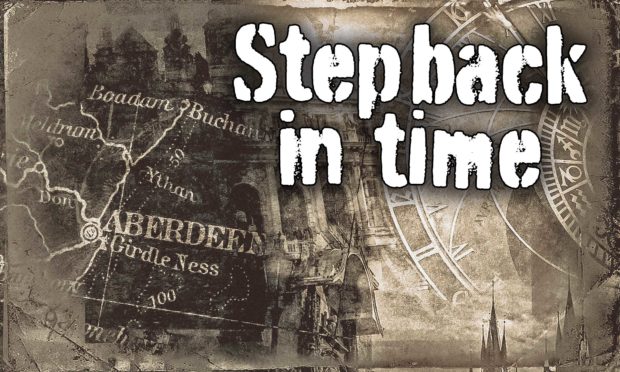If ever you want to be transported back in time to get a sense of medieval Aberdeen, then simply take a walk to the Brig o’ Balgownie.
Not only is it a stunning setting, you can also feel the weight of history and catch a glimpse of a bygone era. Legend has it the bridge was started in the 13th century and completed by Robert The Bruce.
The bridge that stands today dates from the early 17th century when it was the main crossing on the River Don leading north from Aberdeen, before the Bridge of Don was completed in 1831.
The brig – a Scheduled Ancient Monument – stands over a deep pool, called the Black Neuk, and is mentioned in Lord Byron’s poem, Don Juan.
Join us as we take a look at the Brig o’ Balgownie over the years.
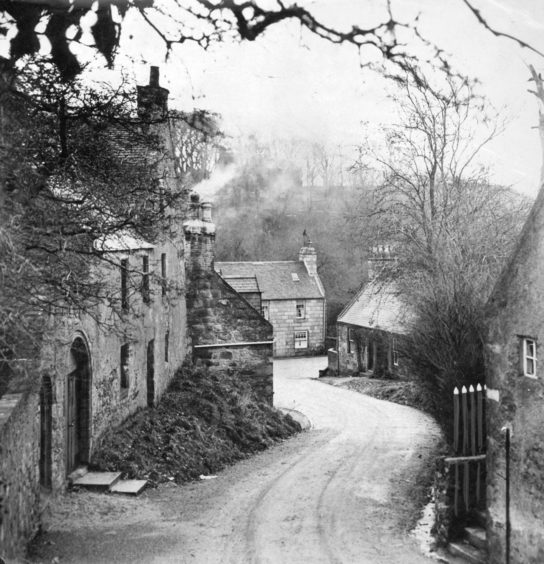
Wisps of smoke drift over the small community at the Brig o’ Balgownie, Aberdeen, in this picture from January 1936.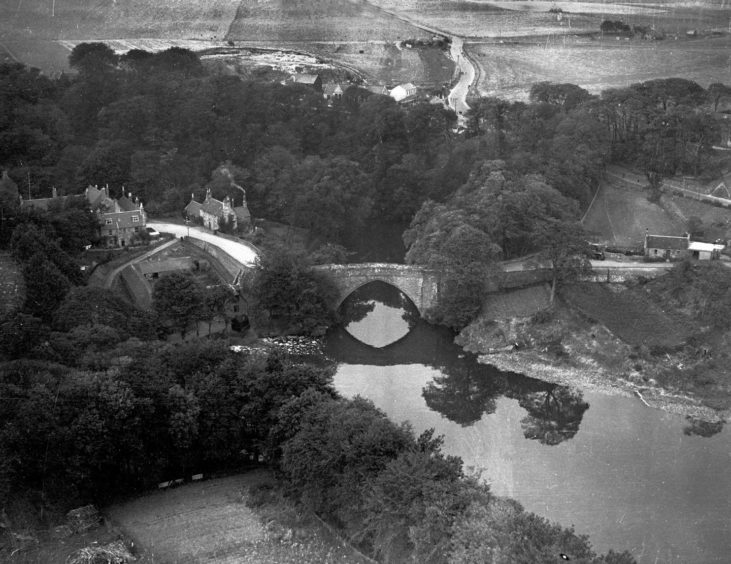
This aerial shot from the 1940s looking over the Brig o’ Balgownie shows nothing but farmland to the north.
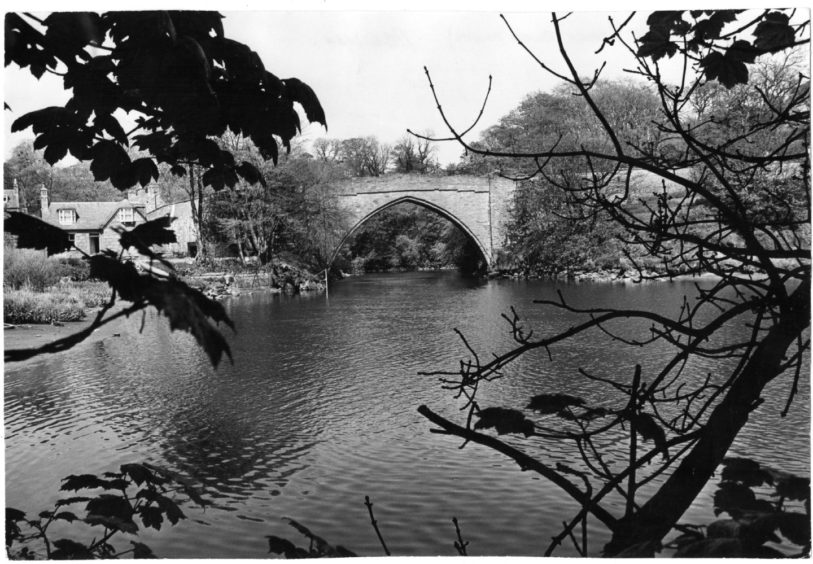
A tranquil view of the brig standing over the deep pool of the Black Neuk in this photo taken in 1980.
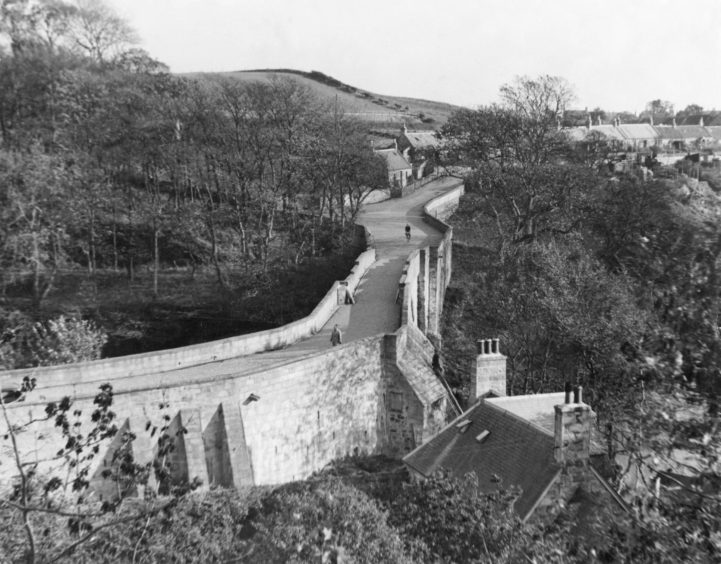
A more unusual view of the old Brig o’ Balgownie taken in bright autumn sunshine back in 1944.
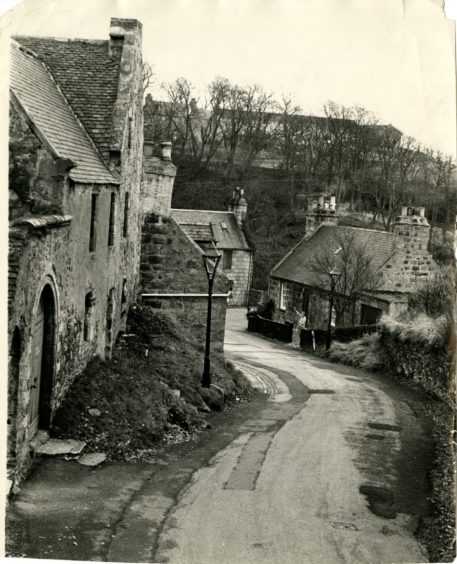
This image from 1971 shows the final sweep of Don Street as it curls down to the brig, just before the area was restored. On the left is the Chapter House, whose real name is the Cruickshank Lodging. The photo also shows the Brig Cruickshank Lodging, an L-plan mansion built by George Cruickshank in 1653-55, described as “the finest example of Scottish domestic architecture remaining in the neighbourhood.
